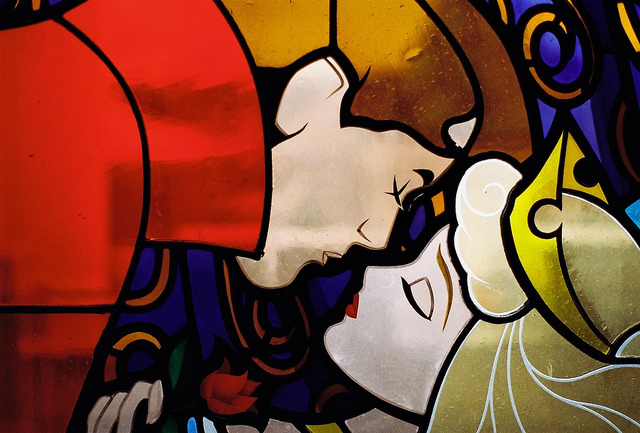The idea of the “happily ever after” ending is one of the biggest poisons that’s infected us growing up.
We all know the fairy tale: a princess in distress, a fast-talking sidekick, a pivotal moment when all seems lost, the triumph over a villain, the sweet and final kiss of resolution…and they lived happily ever after.
It is a beautiful story—and yes, it served to remind people that good can win over evil, that frogs can be princes and curses can be broken. While I stand behind the idea of instilling the importance of reminding children that magic can exist in themselves, and that impossible is only an idea, the idea of happily ever after has created more unhappiness than it could have intended.
The problem with happily ever after is that it makes us feel as though the difficulties and struggles we go through are only a means to an end. It becomes something we want to “get through already,” in favor of our own happy and peaceful conclusion, and we look forward to beating all our demons and riding off into the sunset with our significant other.
But the thing is, in these movies or stories, they never see how Cinderella and her Prince Charming deal with each other’s bad moods—when the baby is crying or the faucet is leaking. We just remember them dancing gleefully in a grand ballroom. But real life doesn’t end there.
Happily ever after only exists in fairy tales—and that’s not a bad thing. Life is a dynamic and fluid pulsating form of energy, and it cannot be confined to a neatly wrapped story. Its progression is not as clean, just as the growth of character cannot follow a single climax, and not all people are all good or all bad. We are the combination and permutations of countless factors—and yes, we can achieve above and beyond what we thought possible, but we have to be comfortable doing it. However, most likely, we won’t be. (And again, that’s okay.)
We have become so attached to the idea of happily ever after, that we feel as though unless things are perfectly in place, then there’s something wrong with us. Happily ever after preys on our need for stability and concrete answers. But really, life is never filled with perfect resolutions. There are questions that are unanswered, there will be another conflict right around the corner, and there are always new villains at every turn. You will spill your coffee, lose your keys and miss the bus. Happiness does not have to be an end, but rather a constant state of being that we can use to create pockets of peace in the never-ending beautiful chaos that is life.
Fairy tales have happy endings, because the stories are finite. However, we are infinite—and as infinite microcosms of the cosmos, we are subject to fleeting and impermanent ebbs and flows.
While new problems arise, we are introduced to new avenues of growth, new pain, new joys and an entirely new spectrum of emotions. We shouldn’t fear these changes—we shouldn’t fear the breaks in illusions, the disruptions in routines—they are all forming us. They are the reflection of our own compelling nature, constantly expanding along with the universe.
Once we let go of treating life as a means to the end—and look towards soaking up our present, embracing wholeheartedly its difficulties, hopes, frustrations and joys—we can stop looking forward, and instead look inward.
The only happily ever after we can, and should, look forward to is the enhancement of our ability to accept and move on from the things that come and go. In the end, happiness is being comfortable with being uncomfortable and realizing the impermanence of everything.
.
Author: Hannah Jo Uy
Image: Flickr/Stephanie Overton
Editor: Yoli Ramazzina


 Share on bsky
Share on bsky





Read 1 comment and reply